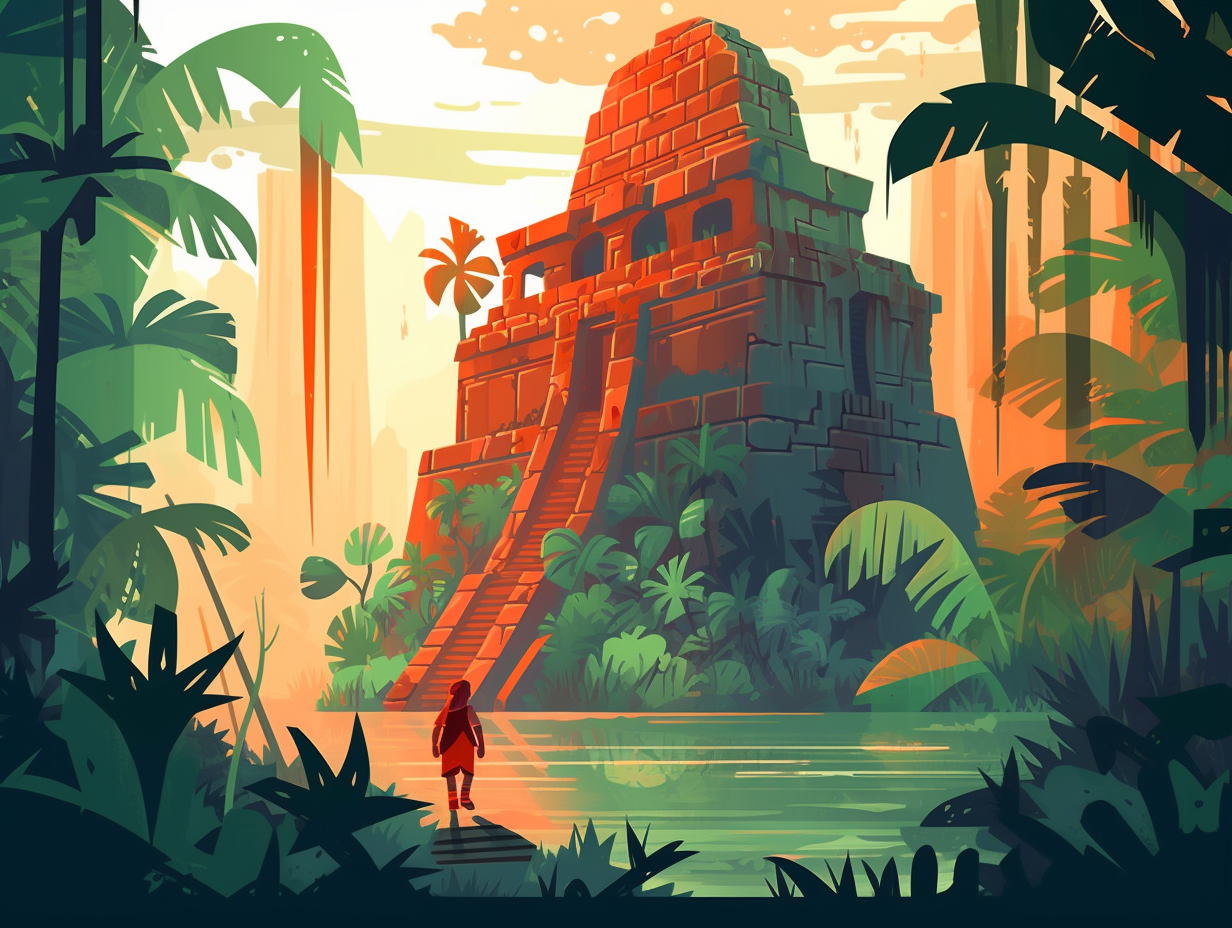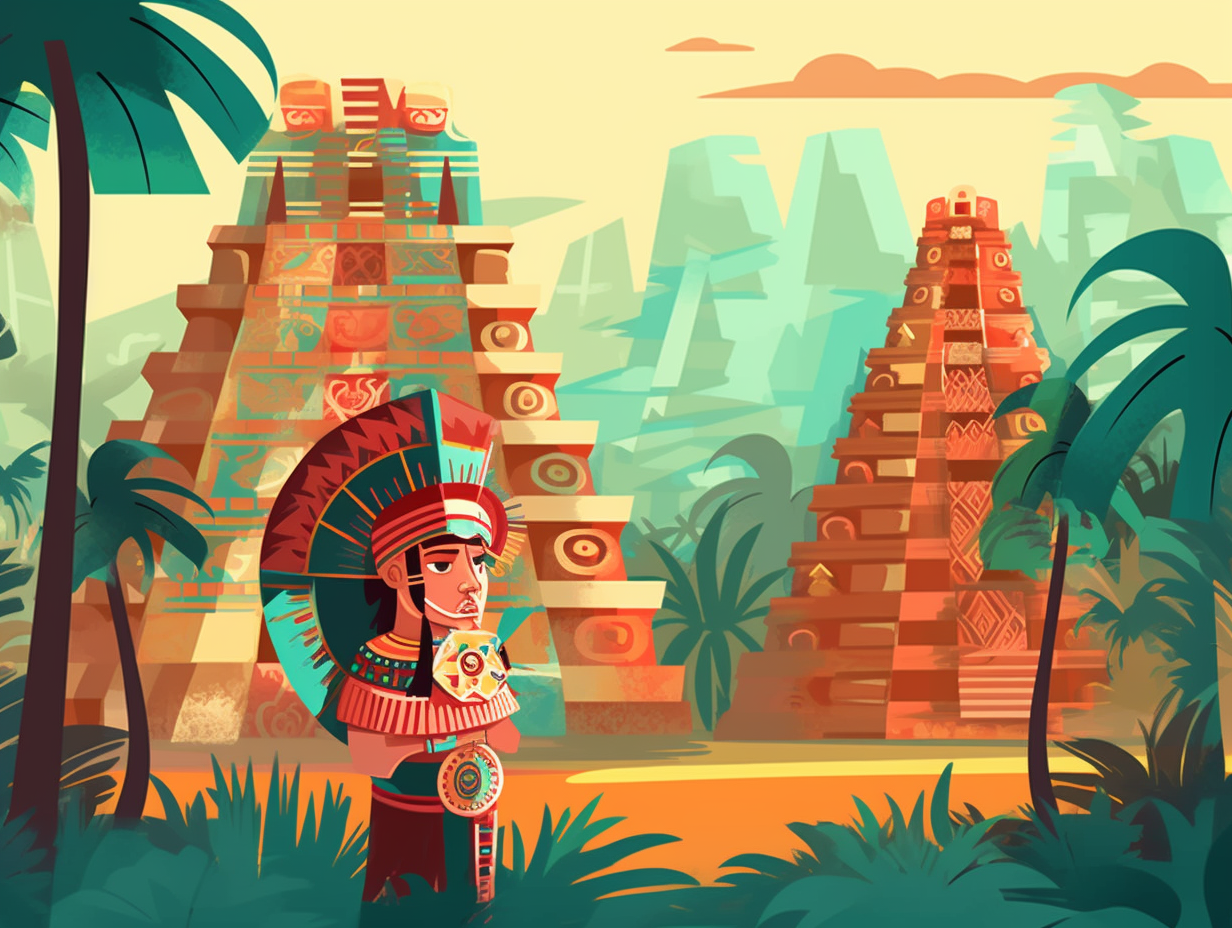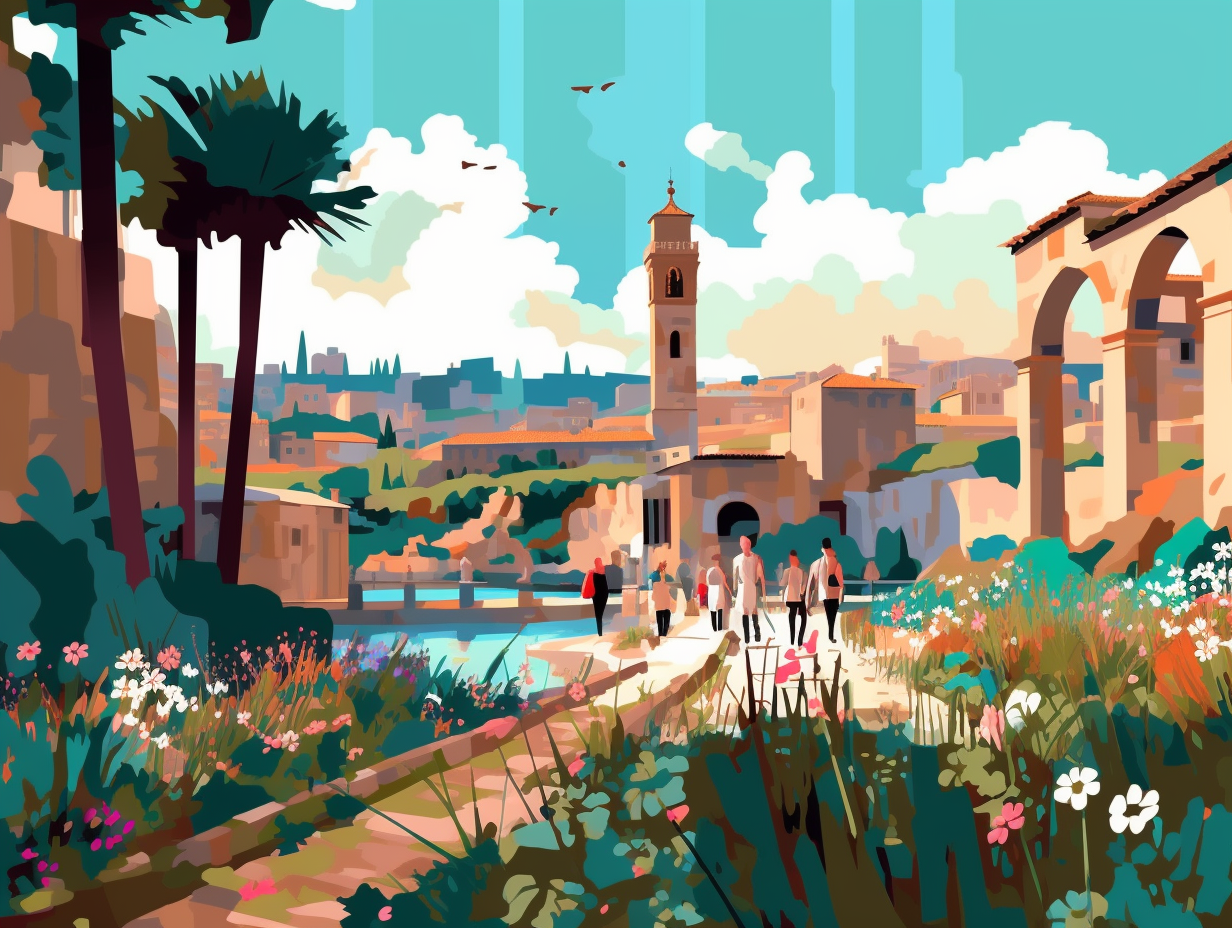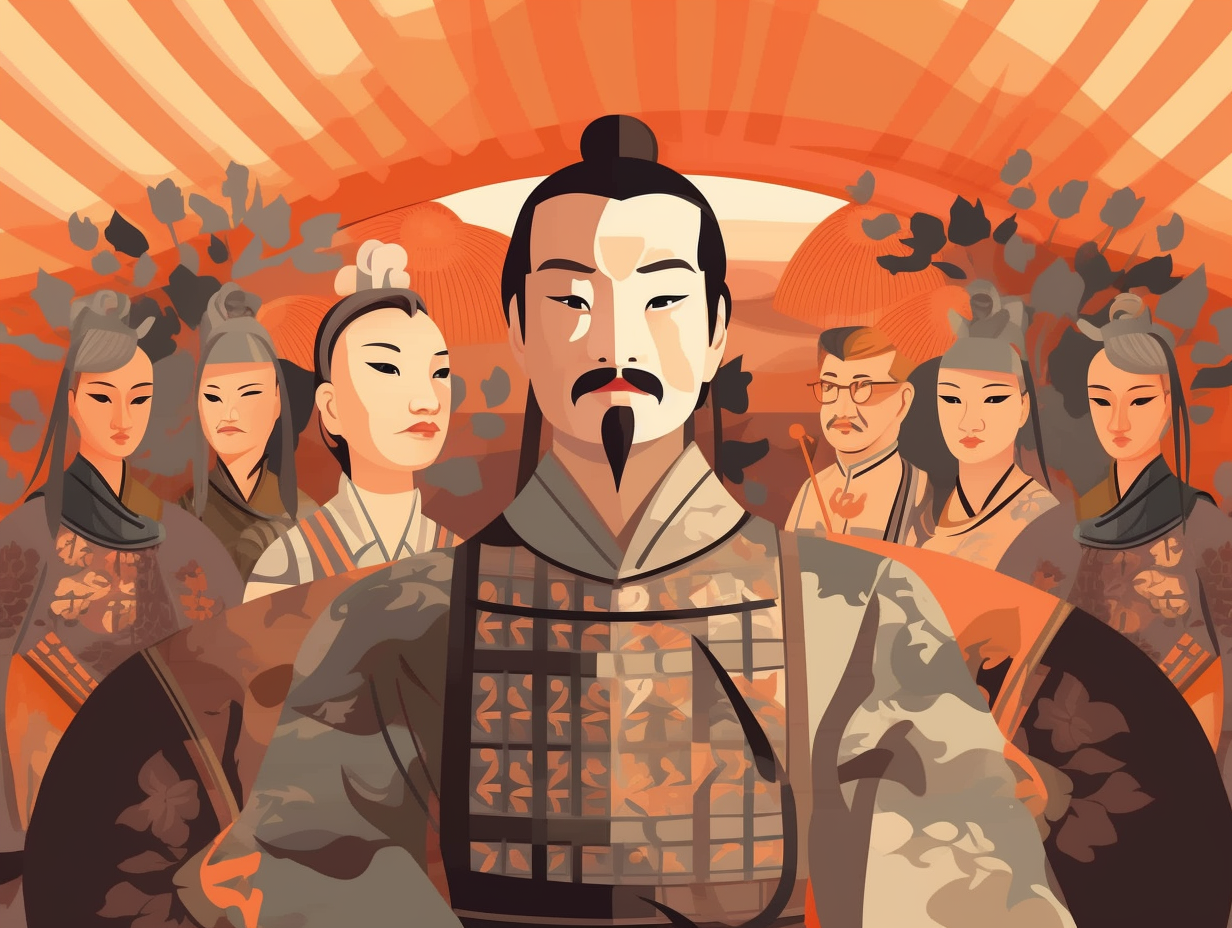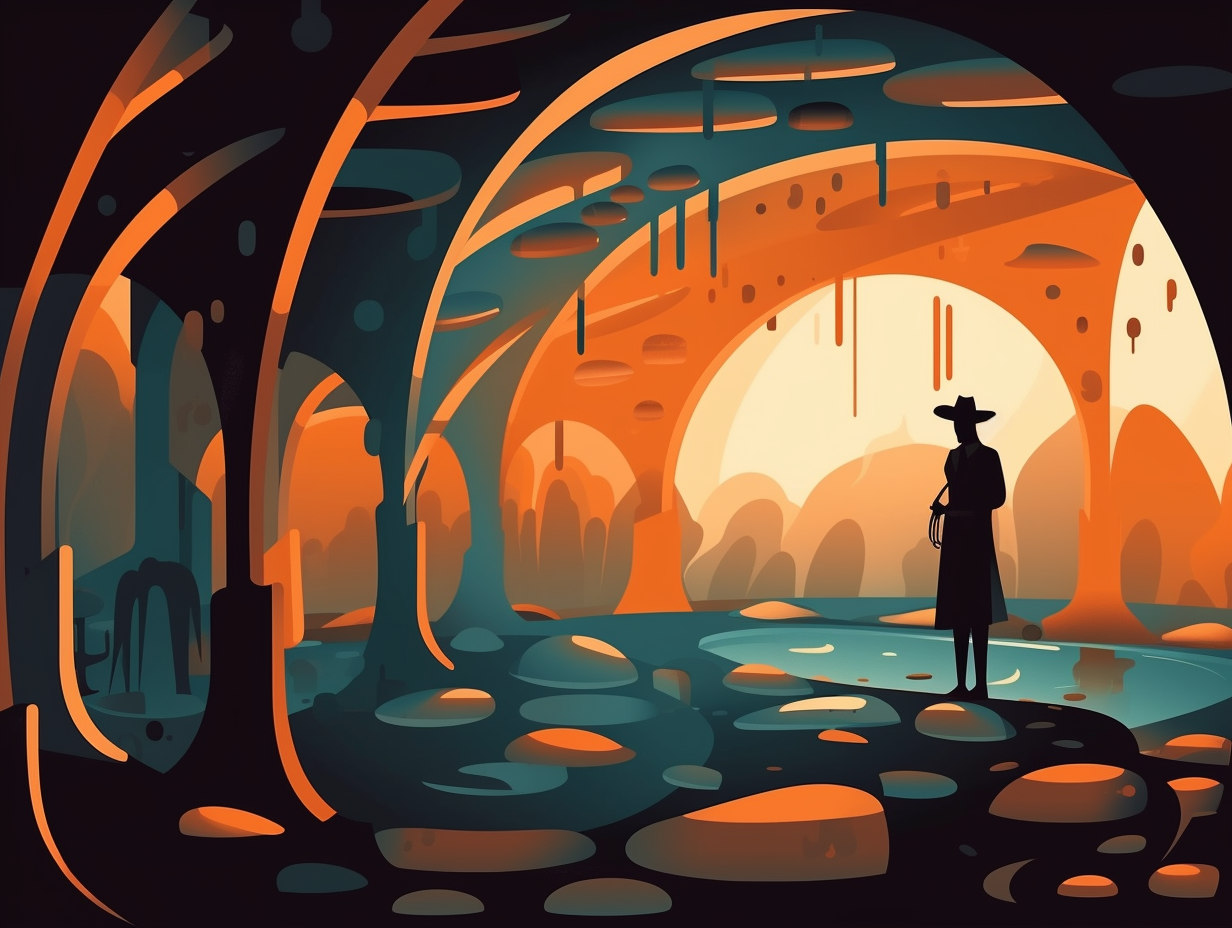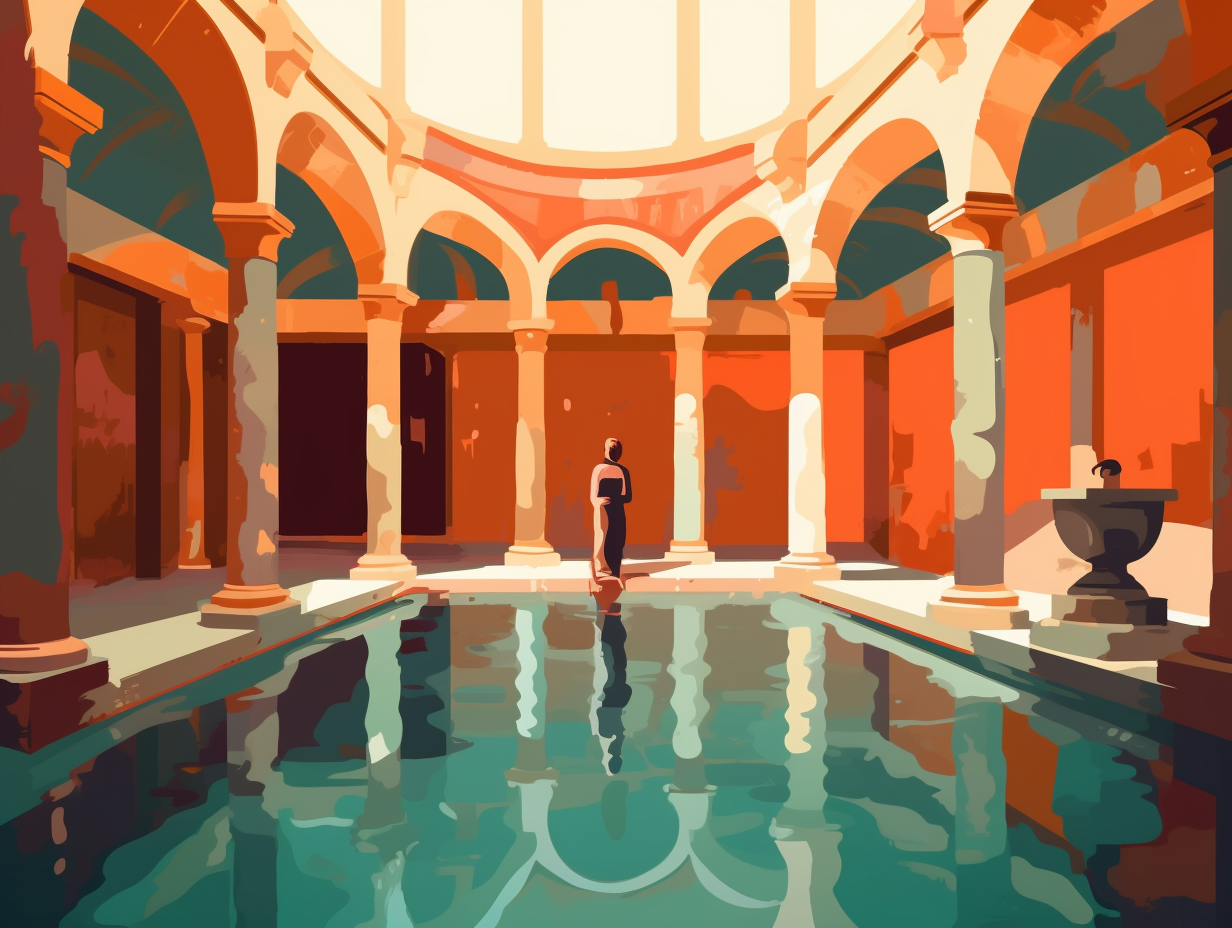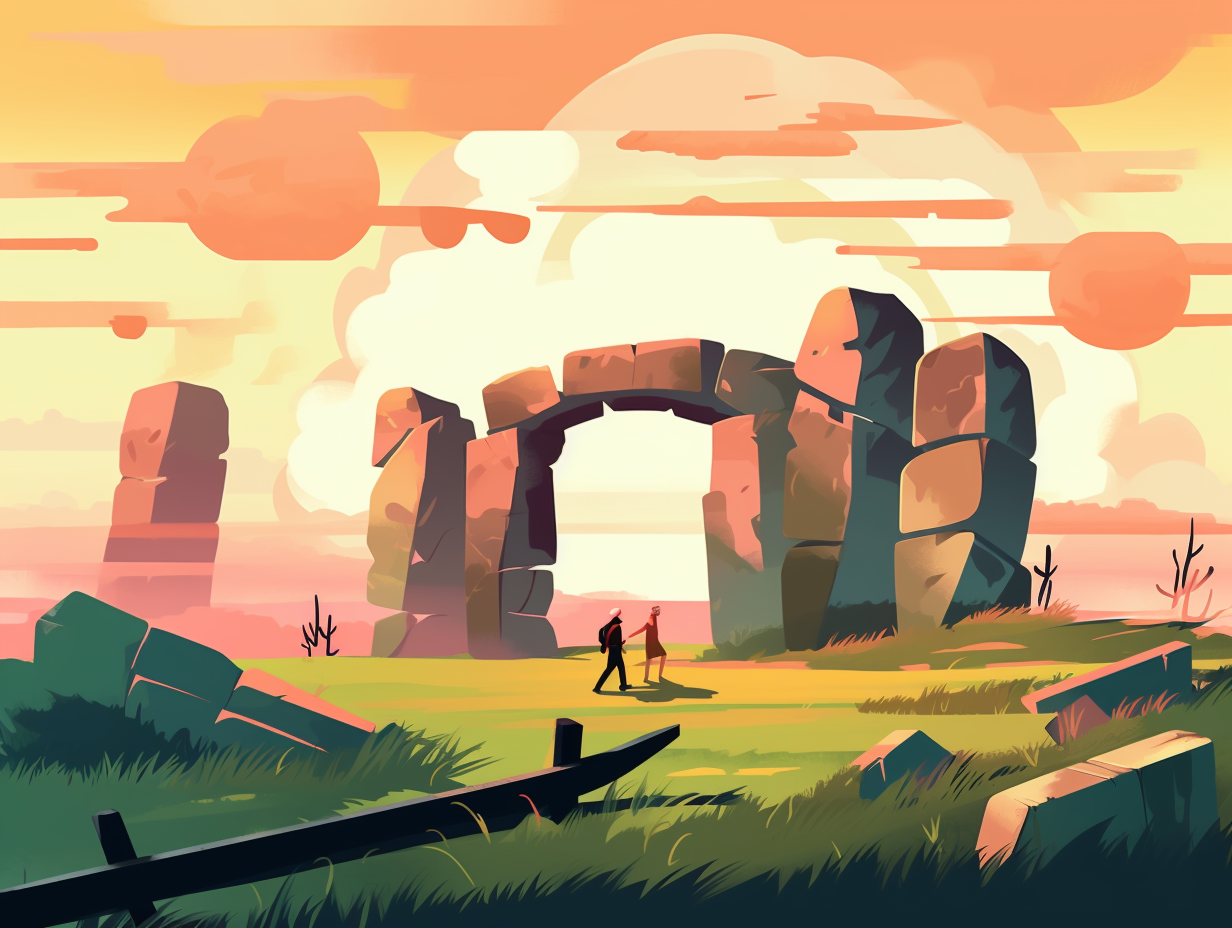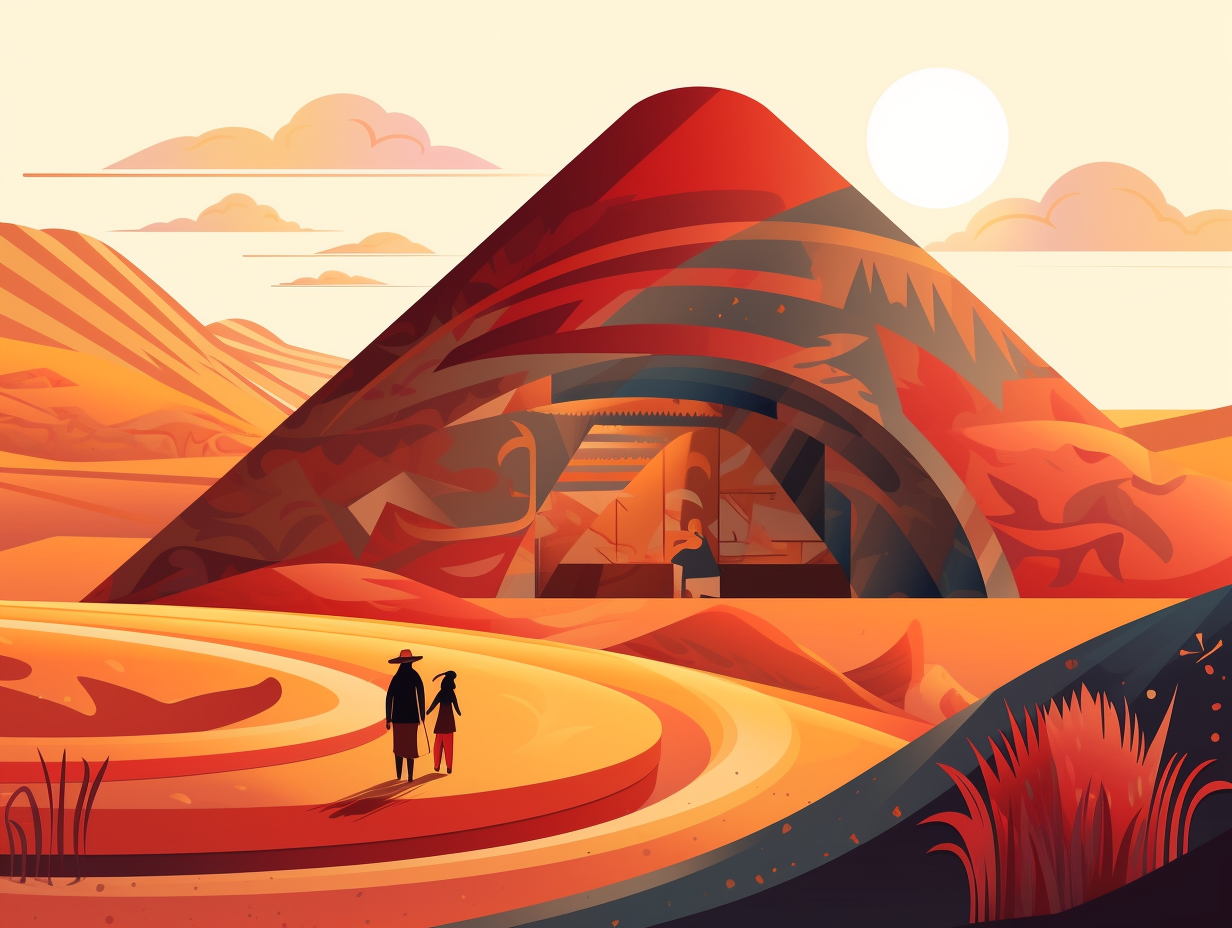Discover the Top 13 Fun Facts About the Hanging Gardens of Babylon: Mysteries, Legends, and Wonders Revealed!
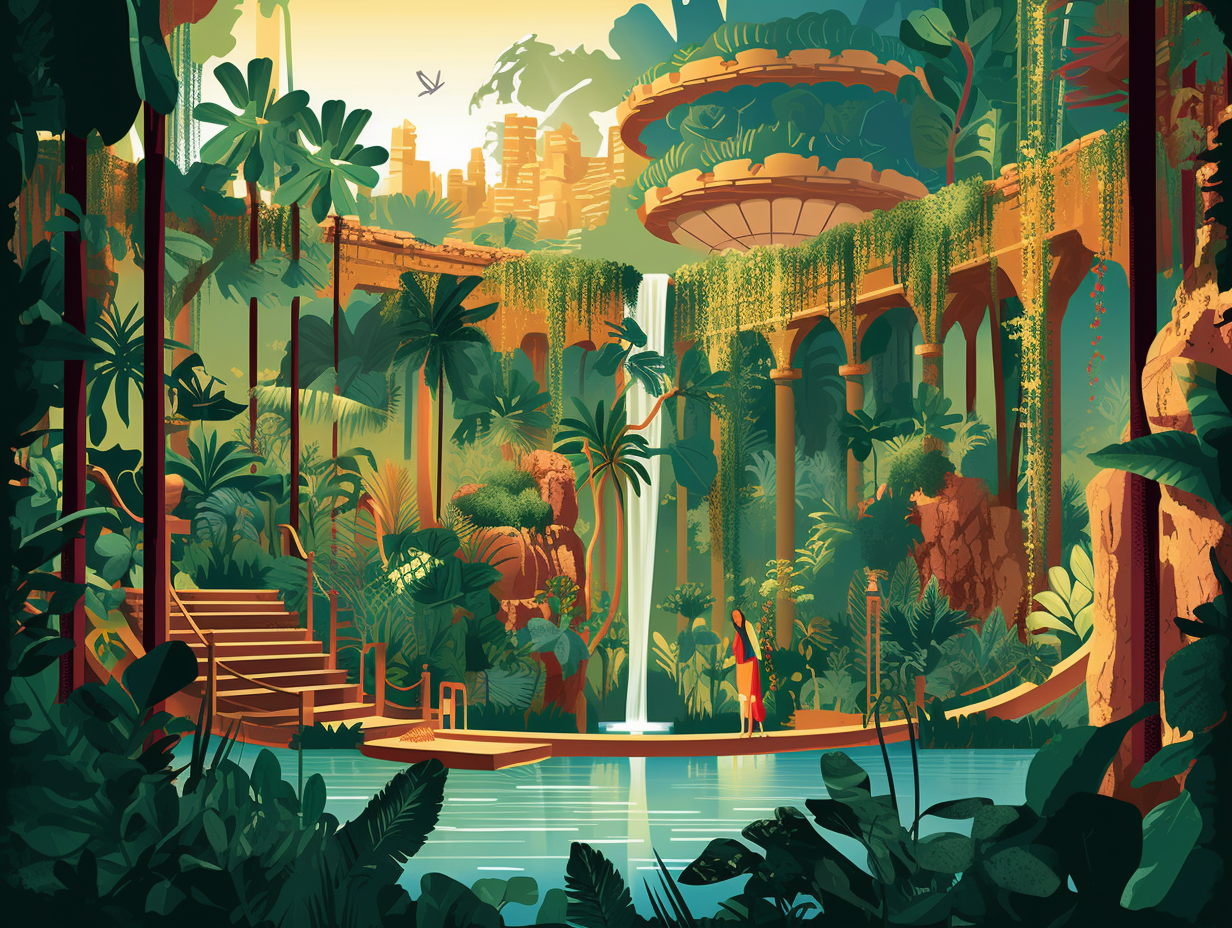
1. Location Controversy
So you think you've got gardening drama? Imagine planting your prized petunias in Babylon, only to discover centuries later that they're hanging out in Nineveh: Recent evidence suggests that the Hanging Gardens of Babylon were actually located in Nineveh, 300 miles to the north, and were constructed by Assyrian king Sennacherib in the early seventh century B.C. using a bronze water-raising screw to irrigate them, much like Archimedes' famous invention that came four centuries later.
Source => history.com
2. Lawn Innovators
When the ancient Babylonians wanted to keep their gardens from being "high and dry," they became true "lawn order" innovators: The Hanging Gardens of Babylon required an astonishing 300 tons of water daily, most likely delivered via a cutting-edge bronze helix pump - Sennacherib's watering method - which relied on ropes and chains for power to lift the water from the Euphrates River to the suspended terraces.
Source => films.com
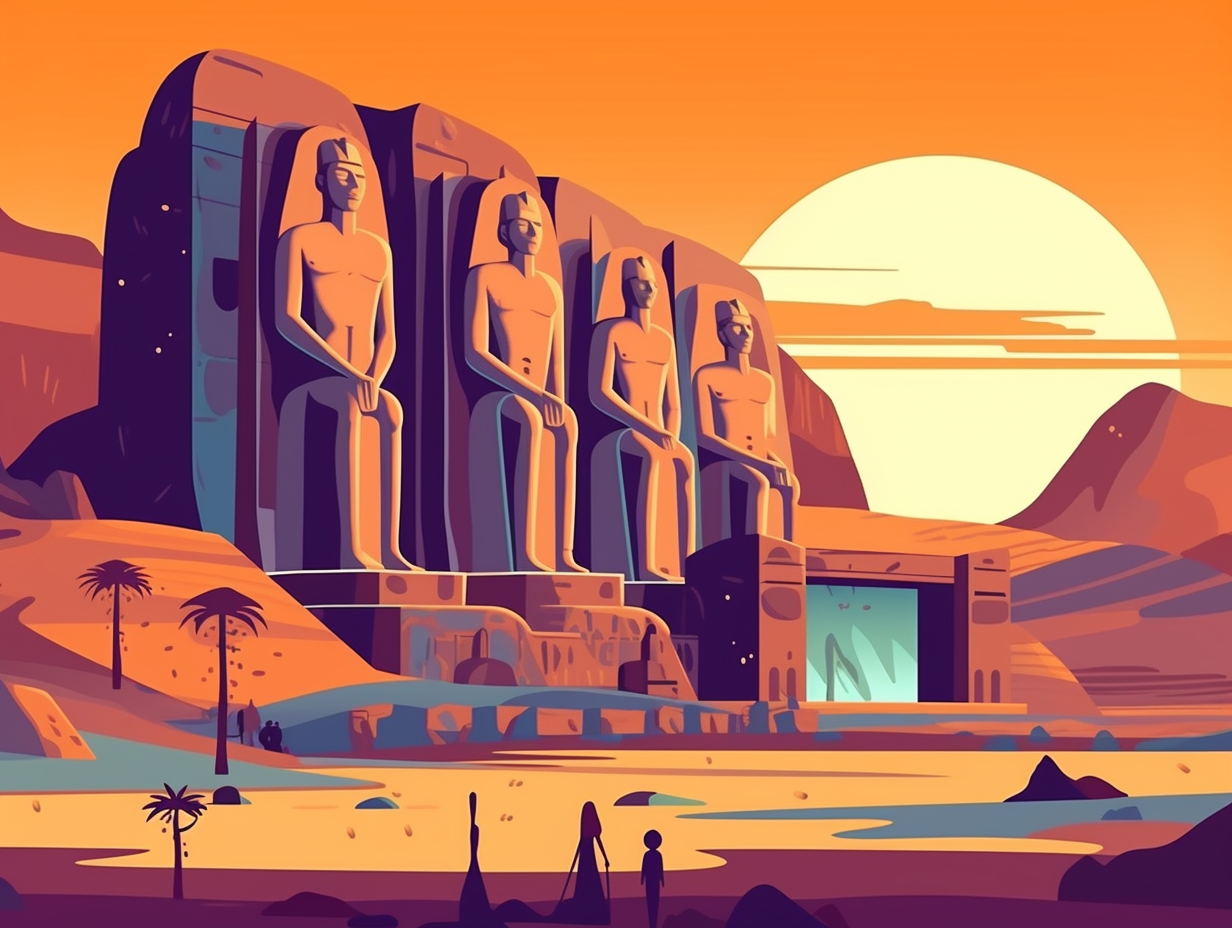
Did you know Ramesses II had his own hangover cure sculpted into a mountain with two colossal temples? Discover the fascinating story behind Abu Simbel and its jaw-dropping relocation!
=> Fun Facts about Abu-Simbel
3. Bigfoot Gardening
When it comes to ancient wonders, the Hanging Gardens of Babylon are like Bigfoot - rumored to be mind-blowingly awesome, but nobody can quite agree if they ever really existed or not: Although traditionally attributed to King Nebuchadnezzar II, some historians believe these marvelous gardens were actually the handiwork of Assyrian King Sennacherib. Regardless of their creator, the gardens boasted an impressive irrigation system and an enviable variety of trees such as olive, quince, pear, and even imported species like cedar and cypress. So, while their existence remains a mystery, if they did exist, they were undoubtedly a horticulturalist's paradise!
Source => en.wikipedia.org
4. Waldo's Garden
When the ultimate game of historical "Where's Waldo?" meets a legendary ancient green architectural marvel, it's bound to leave archaeologists utterly bamboozled: Despite being among the Seven Wonders of the Ancient World, there's actually no concrete evidence of the Hanging Gardens of Babylon's existence, leaving the possibility that King Nebuchadnezzar II, Assyrian king Sennacherib, or queen Semiramis were the masterminds behind this enigmatic wonder up for debate.
Source => en.wikipedia.org

5. Ancient Water Park
In an ancient episode of "Gardens Gone Wild": the Hanging Gardens of Babylon were actually a dazzling display of Assyrian King Sennacherib's green-thumbed prowess, rather than the handiwork of the often-credited Babylonian King Nebuchadnezzar II. These legendary gardens played host to a veritable water park of aqueducts, canals, and dams to keep them lush and picturesque, with water-raising screws stealing the show as the lifeline to the gravity-defying foliage.
Source => en.wikipedia.org
6. No Actual Hanging
Hold on to your vines, Tarzan, 'cause there ain't no actual hanging in the Hanging Gardens of Babylon: Fact is, they were a series of beautifully terraced gardens built atop each other, creating a verdant oasis amidst the hustle and bustle of the ancient city.
Source => womenhistoryblog.com
7. Hide-and-Seek Gardens
Call it nature's best kept secret or simply playing hide-and-seek with history, the Hanging Gardens of Babylon are like the blockbuster film that everyone knows but no one can find the original script for: Despite extensive fame as one of the Seven Wonders of the Ancient World, their true existence and location remain shrouded in mystery, with legends attributing their construction to Nebuchadnezzar II for Queen Amytis, while others point to King Sennacherib's palace at Nineveh.
Source => en.wikipedia.org
8. Green-Thumb Engineer
What do you get when you cross an engineer with a green thumb? Babylon's answer to one heck of a watering system: The Hanging Gardens boasted an impressive irrigation system that used screws and pulleys to draw water from the Euphrates River, keeping the plants thriving in a desert climate while also cascading water down its terraced design.
Source => worldhistory.org
9. Multitasking Trees
The Hanging Gardens of Babylon: where trees multitasked harder than a 21st-century mom trying to finish a to-do list on a Sunday night. The lush gardens not only served as a hotspot for stunning greenery and ancient selfies, but also supplied timber, milk, wine, and staple foods thanks to the über-versatile palm tree – all irrigated by a clever system of wells and conduits in the arid Babylonian landscape.
Source => womenhistoryblog.com
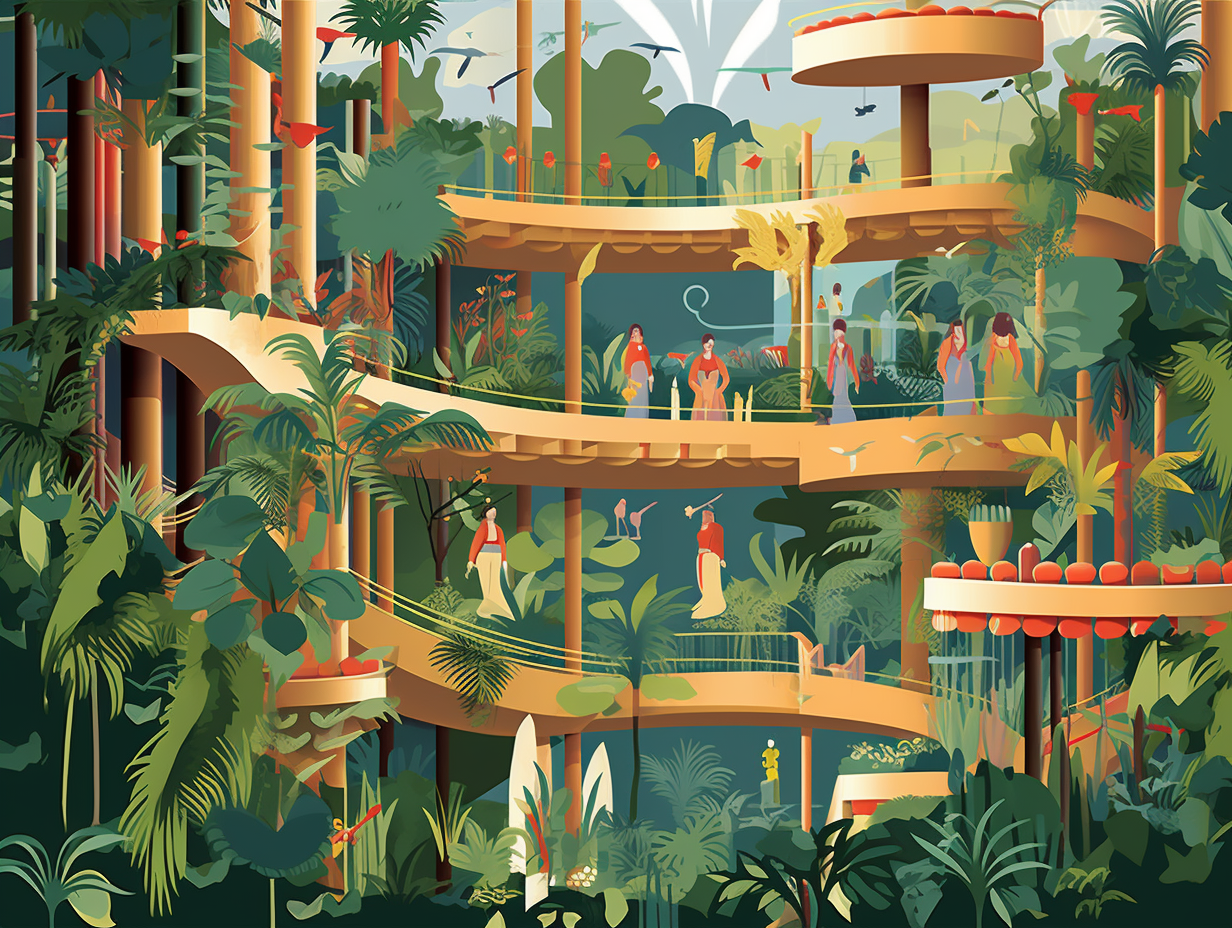
10. Mythical Garden Saga
Plot twist in the ancient world's most epic gardening saga: there's no solid proof that the Hanging Gardens of Babylon ever existed! While tales of these mythical botanical wonders delight our imagination, alas, neither ancient HGTV footage nor Babylonian blueprint can be found to confirm their reality.
Source => adventure.howstuffworks.com
11. Rooftop Green Thumbs
Before green thumbs conquered rooftops, there was the ancient "gardener-minator," rising up against bare buildings and boasting garden biceps since Babylonian times: In reality, while the Hanging Gardens of Babylon often catch the limelight as original green rooftops, it's been a thing for millennia in forms like sod roofs and cave structures. However, modern green roofs marched into the mainstream during the 1970s German oil crisis, eventually leading to countries like Denmark, Switzerland, and the Netherlands nurturing mandatory rooftop gardens for certain buildings.
Source => blog.urbanscape-architecture.com
12. Architect vs. Homesickness
Did you hear about the green-thumb architect who gave King Nebuchadnezzar's wife a reason to stop whining about missing home? He went above and beyond by creating the ancient world's version of a multi-level shopping mall with in-house rainforests: The Hanging Gardens of Babylon, built in the 6th century BC, boasted stunning terraces, state-of-the-art water systems, and exotic plants. While their precise location remains a mystery and some historians question their existence, this ancient wonder continues to capture our imagination.
Source => secondlife.com
13. No Hydroponics Here
Next time you're hanging out with friends, remember this: the Hanging Gardens of Babylon didn't have a green thumb for hydroponics! In truth, these ancient botanical wonders relied on a brilliant irrigation system using water from the Euphrates River and good old-fashioned soil to grow their impressive variety of lush trees and vibrant flowers on lofty stone terraces.
Source => worldhistory.org
Related Fun Facts


